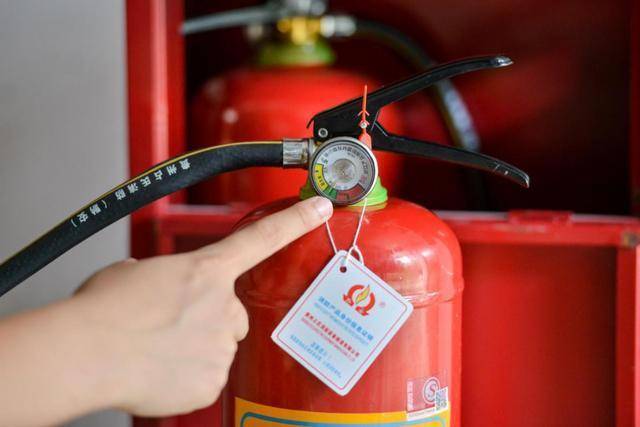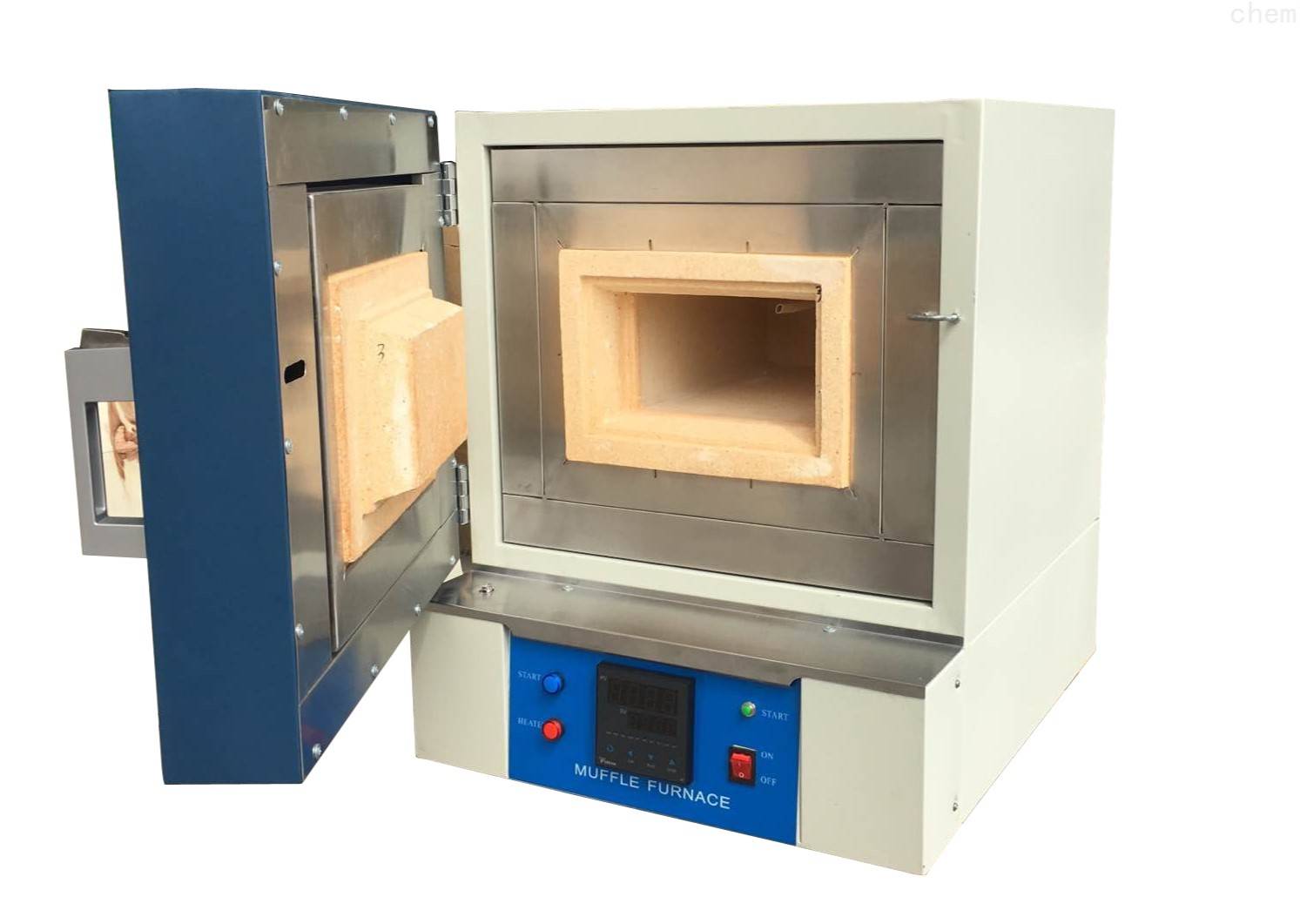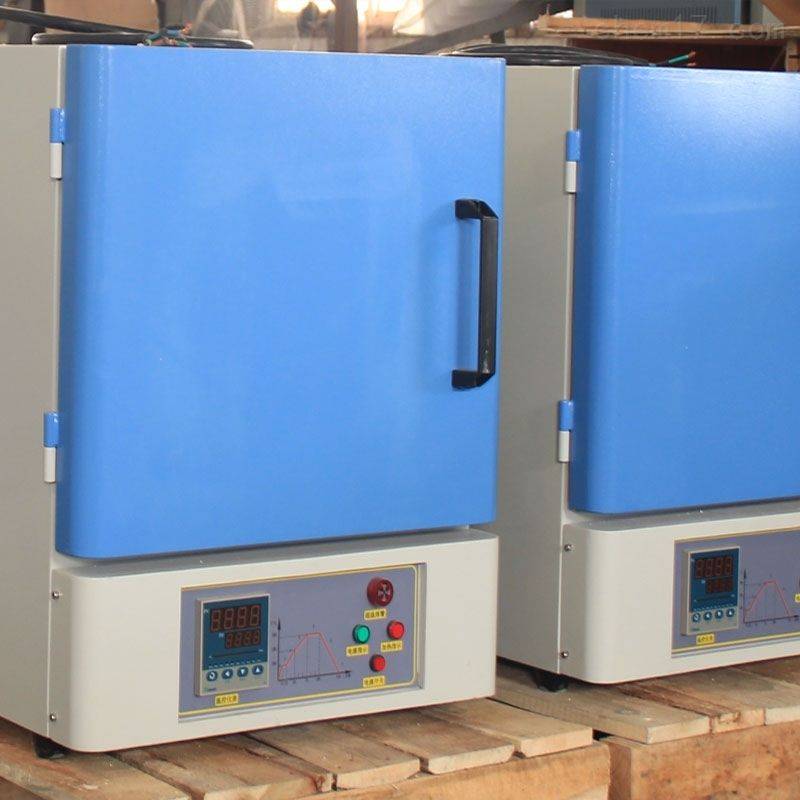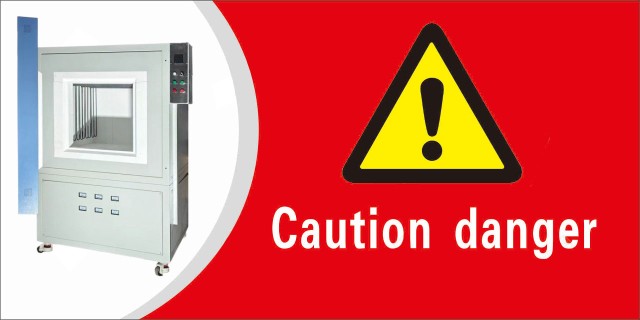Accident Cases and Analysis
Laboratory Accident
On September 20, 2011, a significant incident occurred in a laboratory setting when a staff member inadvertently triggered a fire by placing plant materials directly into a muffle furnace operating at 650℃. This action resulted in the immediate generation of smoke, which subsequently activated the laboratory's fire alarm system. The situation was swiftly addressed through the use of a dry powder fire extinguisher, effectively quelling the flames before they could cause extensive damage.
The root cause of this hazardous event was traced back to improper operational procedures. The staff member failed to adhere to standard protocols that dictate the pre-treatment of organic materials before subjecting them to high temperatures in a muffle furnace. This oversight not only highlighted a lapse in training but also underscored the critical importance of rigorous adherence to safety guidelines and operational best practices within laboratory environments.

Understanding Muffle Furnaces
Definition and Types
Muffle furnaces, often referred to as electric or resistance furnaces, are versatile heating devices designed to reach high temperatures, making them indispensable in various scientific and industrial applications. These furnaces are capable of achieving temperatures up to 1000℃ with thermal wire structures and can reach even higher temperatures, up to 1300℃, when equipped with silicon carbon rod elements.
Their broad temperature range and robust design make muffle furnaces suitable for a myriad of applications. In the realm of thermal processing, these furnaces are used to heat treat metals and ceramics, ensuring they meet specific mechanical and chemical properties. Pharmaceutical inspections also benefit from muffle furnaces, where they are employed to sterilize equipment and materials, ensuring aseptic conditions.
In analytical chemistry, muffle furnaces play a crucial role in sample preparation. They are used for drying, ashing, and calcining samples, which are essential steps in many analytical procedures. The precise temperature control and uniform heating provided by muffle furnaces ensure accurate and reproducible results, making them an essential tool in laboratories and industrial settings alike.
| Type | Maximum Temperature | Typical Applications |
|---|---|---|
| Thermal Wire Structure | 1000℃ | Thermal processing, metal heat treatment |
| Silicon Carbon Rod Type | 1300℃ | High-temperature experiments, ceramic processing |
Understanding the different types and their respective temperature capabilities is crucial for selecting the appropriate muffle furnace for specific tasks, ensuring optimal performance and safety in operations.
Internal Structure
The furnace chamber is meticulously constructed from high-quality stainless steel, which not only ensures durability but also facilitates easy cleaning and maintenance. This chamber houses a sophisticated heating and hot air circulation cavity designed to enhance temperature uniformity throughout the interior. This feature is crucial for maintaining consistent thermal conditions, which are essential for precise and reliable experimental outcomes.
The design of the muffle furnace incorporates a double-layer sealing furnace door, which significantly reduces heat loss and prevents external contaminants from entering the chamber. This dual-layer system is complemented by a multi-point handwheel rotary locking mechanism, providing an additional layer of safety. This mechanism ensures that the furnace door remains securely closed during operation, minimizing the risk of accidental openings and potential hazards.
In summary, the internal structure of the muffle furnace is engineered for both performance and safety, with features that ensure optimal temperature distribution and secure operation.

Operational Guidelines
Initial Setup
Upon unpacking, it is crucial to verify that the muffle furnace is complete and free from any damage. Begin by placing the furnace on a stable, flat surface to ensure optimal operation and safety.
Next, connect the thermocouple to the control system using compensation wire. This step is essential for accurate temperature measurement and control. When making the connection, pay close attention to the polarity to avoid any potential malfunctions. Ensuring correct polarity is not just a technical requirement but a critical safety measure to prevent damage to the equipment and ensure precise temperature readings.
Temperature Adjustment
Before initiating any operation, it is crucial to calibrate the temperature meter indicator to zero and set the desired operating temperature. This step ensures that the muffle furnace operates within the intended temperature range, thereby maintaining the integrity and accuracy of your experiments.
To enhance safety and operational efficiency, ensure that both the furnace and the controller are reliably grounded. Proper grounding helps to dissipate any static electricity or electrical surges, reducing the risk of electrical hazards. This precaution is particularly important when dealing with high-temperature environments, as it minimizes the chances of electrical malfunctions that could lead to accidents.
Additionally, verifying the grounding of the furnace and controller before turning on the power is a fundamental safety measure. It safeguards against potential electrical shocks and ensures that the equipment operates within safe parameters. By adhering to these guidelines, you can optimize the performance of your muffle furnace while maintaining a secure working environment.
Safety Precautions
Environmental and Operational Safety
To ensure optimal environmental and operational safety, it is imperative to place the muffle furnace on a robust, stable surface, preferably a solid concrete table. This foundation is crucial for maintaining the integrity and stability of the furnace during operation. Additionally, it is essential to configure the power supply appropriately to prevent any electrical hazards.
Avoiding the use of flammable or explosive substances in the vicinity of the furnace is non-negotiable. These materials can pose significant risks, including the potential for catastrophic fires and explosions. Regularly inspecting and cleaning the furnace chamber is also vital to prevent the accumulation of debris that could ignite under high temperatures.
Temperature control is another critical aspect of safety. Exceeding the maximum allowable temperature can lead to equipment failure and potential hazards. Therefore, it is advisable to closely monitor the temperature during experiments to ensure it remains within the safe operational range. Utilizing temperature monitoring tools and setting up alarms for temperature deviations can further enhance safety measures.
In summary, by adhering to these environmental and operational safety guidelines, users can significantly reduce the risk of accidents and ensure the safe and efficient operation of muffle furnaces.

Handling and Maintenance
Proper handling and maintenance of a muffle furnace are crucial to ensure its longevity and safe operation. Gently close the furnace door to prevent any abrupt changes in temperature that could affect the integrity of the furnace chamber. When using crucible tongs, handle them with care to avoid any potential damage or accidents.
Avoid opening the furnace door when the temperature exceeds 600℃. This precaution is essential to prevent thermal shock, which can lead to cracks or other structural damages. Opening the door at high temperatures can also cause rapid cooling, which is detrimental to the furnace's internal components.
After experiments, it is imperative to wait for the furnace to cool naturally before handling samples. Forcing the cooling process can result in uneven contraction and expansion of the materials, leading to potential damage.
Regular maintenance is also a key aspect of furnace care. Ensure the furnace is kept dry when not in use to prevent any corrosion or rusting of its components. Regular checks and maintenance can prevent minor issues from becoming major problems, ensuring the furnace operates efficiently and safely.
